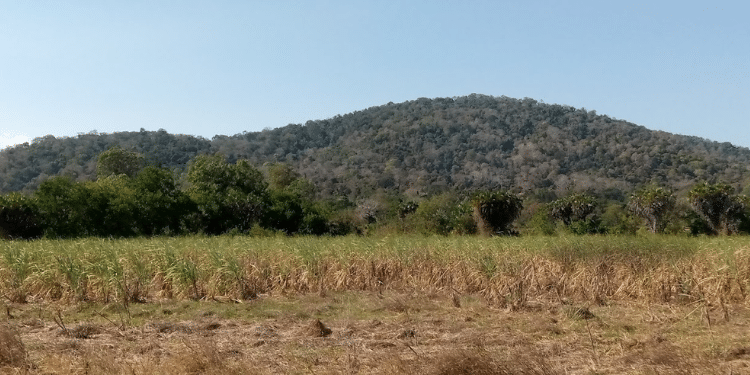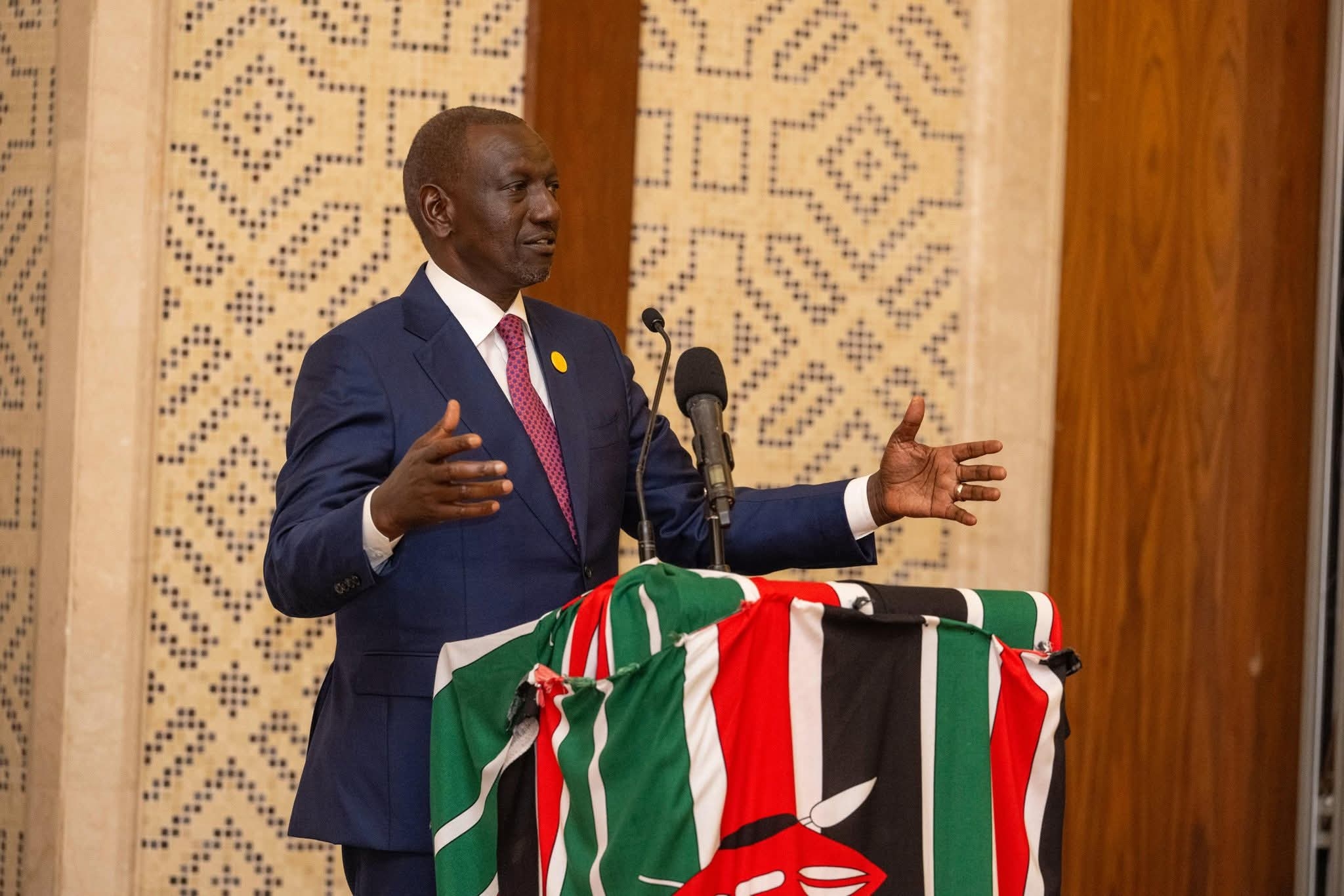Kenya has reported an outbreak of Yellow Fever, a deadly disease spread by mosquitoes.
The Ministry of Health says three patients have already died from the disease in Isiolo County.
Acting Director-General for Health Patrick Amoth said in total, 15 people are suspected to have the disease, but only three cases have been confirmed.
The confirmed cases are in Merti and Garbatulla sub-counties of Isiolo.
“The first case was detected on 12th January 2022. To date, 15 patients presenting with fever, jaundice, muscle pain and joint pain have been line-listed; the youngest being 11 years and the oldest being 65 years,” Amoth said in a letter to health CECs across the country on Friday.
Majority of the sick are young male adults.
However, the ministry will likely face criticism because although the first case was reported on January 12, no alert was issued.
“Sadly, we have recorded three deaths so far. Out of the six samples analysed at KEMRI, three turned positive through serology (Immunoglobulin M) and PCR,” Amoth said.
He put the entire country on alert but said the high-risk counties of Wajir, Garissa, Marsabit, Meru, Samburu, Baringo, Elgeyo Marakwet, West Pokot, and Turkana should be more watchful.
He said the national government and partners are already mobilising resources to support response activities including vaccination.
“The ministry plans to conduct Yellow Fever vaccination in Isiolo and other high- risk counties including Wajir, Garissa, Marsabit, Meru, Samburu, Baringo, Elgeyo Marakwet, West Pokot, Turkana, and possibly Tana River and Mandera,” he said.
The ministry will also deploy a rapid response team to Isiolo and neighboring counties to establish the magnitude and extent of the outbreak, determine at-risk populations, conduct a risk assessment, initiate risk communication and community engagement activities, and to implement integrated vector control measures.
The last indigenous cases of Yellow Fever was reported in Kenya occurred from mid-1992 through March 1993 in the south Kerio Valley.
The WHO continues to place Kenya on its watchlist because of the extremely low Yellow Fever vaccination rate.
The jab, offered once in a lifetime, is sold at Sh2000 in limited places across the country.
Estimates from WHO and UNICEF in 2020 on routine YF vaccination coverage was 44 per cent in the African region, much lower than the 80 per cent threshold required to confer herd immunity against Yellow Fever.
Last week, the International Centre of Insect Physiology and Ecology (ICIPE), told the Star that Yellow Fever could return because of the abundance of the mosquito varieties that transmits it.
Shillah Simiyu, an infectious disease scientist at ICIPE, said if the are infected with the virus, they will easily transmit the disease to many people.
“[Kenya] is also potentially at risk of Yellow Fever re-emergence given the recent recurrent YF outbreaks in the neighbouring countries of Uganda, South Sudan, and Ethiopia with the possibility of cross-border spillover either through infected non-human primates, humans, or mosquitoes,” she said.
Between February to June 2021, Shillah and her team collected 3,865 mosquitoes belonging to 37 different mosquito species in Nguruman (Kajiado county) and 1,973 in Kerio Valley (Baringo county).
“Yellow Fever vectors accounted for 37.9 per cent of Nguruman’s mosquito collection,” Shilla says.
In Kerio Valley, the types of mosquitoes that spread Yellow Fever – Aedes aegypti, Aedes simpsoni, and Aedes vittatus – were the most abundant with abundances of 42.3 per cent, 16.6 per cent, and 7.6 per cent respectively.
Aedes Africanus, which was implicated in Kenya’s last outbreak in 1992, only accounted for 0.10 per cent of the collection.
“Therefore, there is a need to intensify surveillance and vector control strategies in these areas,” she said. She also presented her findings at the recently-ended Kemri annual scientific and health conference in Nairobi," she said.
SYMPTOMS
Once contracted, the Yellow Fever virus incubates in the body for three to six days. Many people do not experience symptoms, but when these do occur, the most common are fever, muscle pain with prominent backache, headache, loss of appetite, and nausea or vomiting. In most cases, symptoms disappear after three to four days, Dr Amoth said.
“A small percentage of patients, however, enter a second, more toxic phase within 24 hours of recovering from initial symptoms. High fever returns and several body systems are affected, usually the liver and the kidneys,” he added.
In this phase people are likely to develop jaundice (yellowing of the skin and eyes, hence the name 'yellow fever'), dark urine and abdominal pain with vomiting. Bleeding can occur from the mouth, nose, eyes or stomach. Half of the patients who enter the toxic phase die within seven - 10 days.
DIAGNOSIS
He said the disease is difficult to diagnose, especially during the early stages. A more severe case can be confused with severe malaria, leptospirosis, viral hepatitis (especially fulminant forms), other haemorrhagic fevers, infection with other flaviviruses (such as dengue haemorrhagic fever), and poisoning.
TREATMENT
There is currently no specific anti-viral drug for yellow fever but specific care to treat dehydration, liver and kidney failure, and fever improves outcomes. Associated bacterial infections can be treated with antibiotics.



















